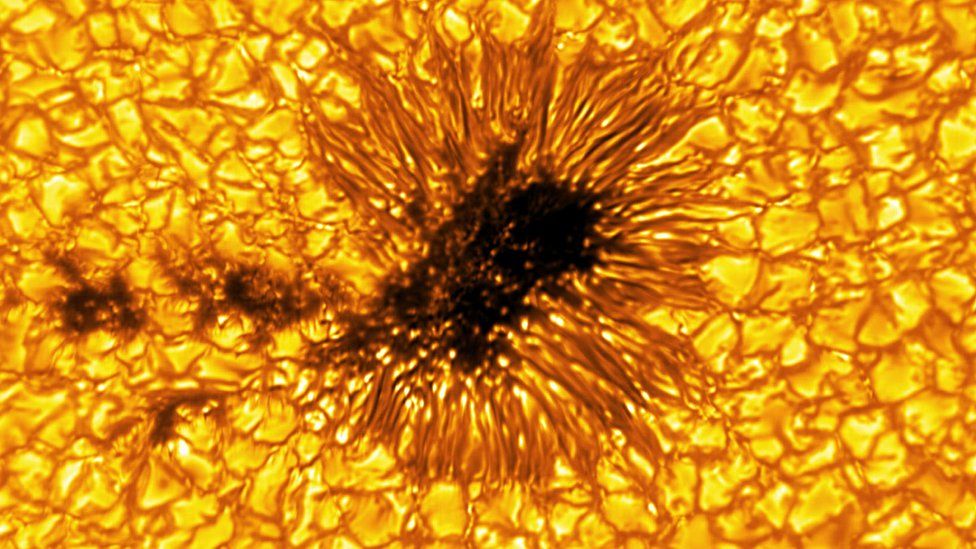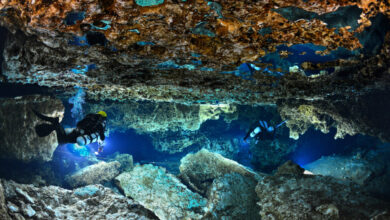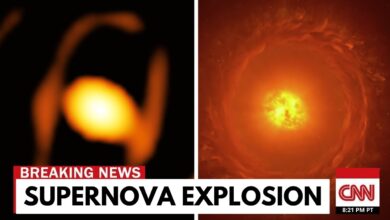The Deepest We Have Ever Seen Into the Sun

When we look out into the vastness of the universe, we see countless stars, but the sun is the most prominent in our solar system. Modern technology allows us to explore the sun more deeply than ever before. I’m Alex McColgan, and in this video from Astrum, we explore the sun through different wavelengths of electromagnetic energy.
We’ll start with the sun’s outermost atmosphere, or corona, as captured by NASA’s Solar Dynamics Observatory (SDO) satellite. The extreme ultraviolet image reveals details like corona holes and solar flares that are invisible to the naked eye.
Corona holes are regions of cooler plasma that allow solar wind particles to escape into space, and solar flares are giant explosions that emit large amounts of electromagnetic radiation.

We’ll also look at other features like plasma filaments (also known as prominence) and coronal rain. The plasma filaments form large loops that stretch hundreds of thousands of kilometers and can last for months, while coronal rain is cooled plasma that falls back to the surface of the sun.
As we go deeper, we reach the transition layer between the corona and the lower atmosphere (the chromosphere), where temperatures rise sharply from about 8,000 to 500,000 Kelvin. The chromosphere, about 1,700 kilometers thick, has long plasma jets called spicules that shoot up from the sun’s surface at high speeds.
Finally, we reach the surface of the sun, or the photosphere, the outermost layer we see with the naked eye. The photosphere is not a solid surface but a plasma, and includes dark spots called sunspots, where strong magnetic fields cool the surrounding area.
We also see solar granules on the sun’s surface, structures that move like waves, similar to convection currents in the Earth’s crust. Each granule lasts about 20 minutes and moves at supersonic speeds, creating waves on the surface of the sun.
Although we have discovered much, many parts of the sun remain a mystery. But current technology allows us to see phenomena such as solar flares, corona holes, and sunspots in new ways. To see the sun’s corona firsthand, prepare for the total solar eclipse on April 8, 2024 with VisiSolar goggles.








